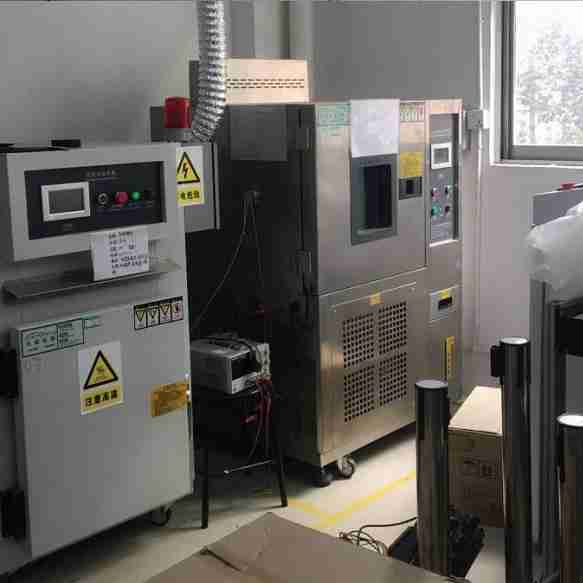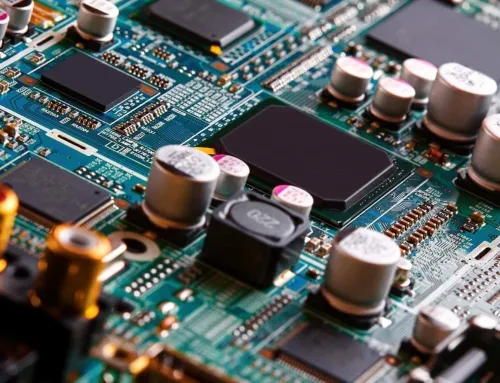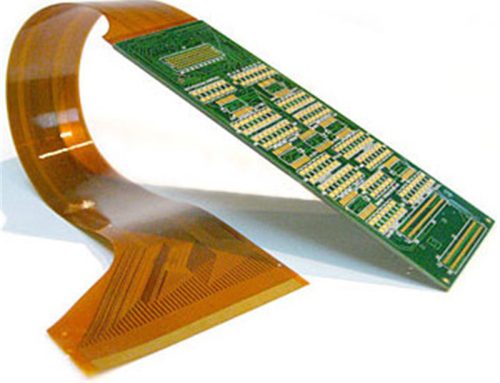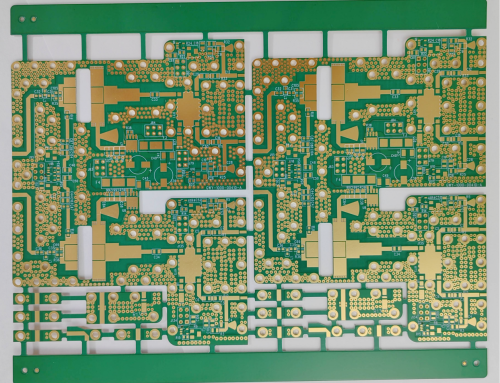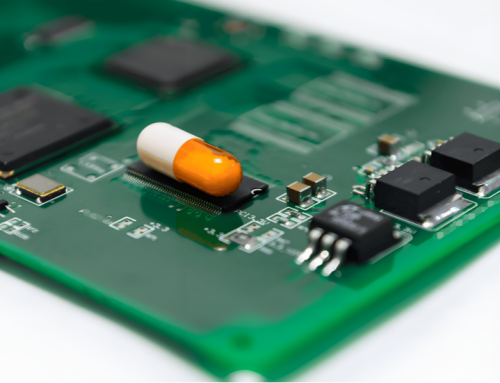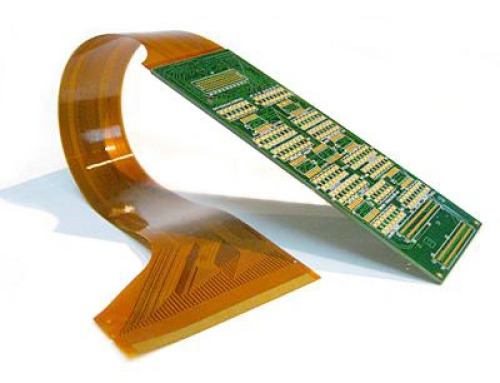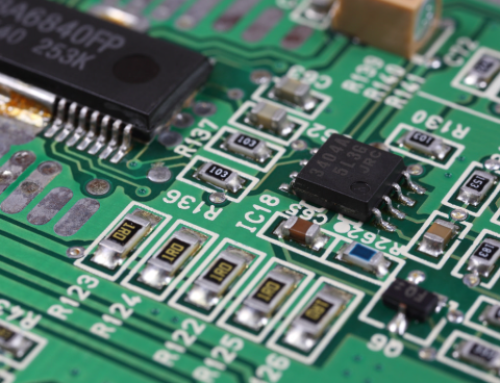Management and Storage of Moisture-Sensitive Devices
Table of Conent
Table of Conent
Regarding surface mount device packaging, any permeable packaging material (plastic or metal) will absorb moisture from the air. During PCBA processing, if the package is exposed to sudden high-temperature reflow soldering, the moisture will expand rapidly and damage the component. Sometimes the damage is visible, such as cracks and delamination in the package. Other times, it is internal and invisible. In any case, the quality and reliability of the product will be affected by the failure. MSD is the abbreviation of moisture-sensitive devices, which can be IC, LED, or connectors. They require specific storage and handling methods to guarantee improved yields and reliability.
Terms and Definitions
In addition to introducing and discussing how to store and handle moisture-sensitive devices, it is also important to carefully read the following technical terms that come with MSD to help understand exactly what follows.
1. Barcode label. This refers to the manufacturer’s label that contains information in a code consisting of double bars of varying widths and spacing. The information describing the product includes part number, quantity, batch information, supplier identification, and moisture sensitivity level (MSL).
2. Carrier. A carrier is a container that holds components such as trays, tubes, or reels.
3. Desiccant. A material that absorbs moisture and can keep the ambient RH (relative humidity) within a relatively low range.
4. Floor life. It indicates the longest exposure time of the MSD to the factory environment (≤30°C/60%) before reflow under exposure to a moisture barrier bag.
5. Manufacturer’s exposure time (MET). The manufacturer specifies the maximum exposure time from the completion of baking to the sealing of the package, which is the reason for MET. This term also applies to the exposure time of the MSD from opening the vacuum package to resealing.
6. Moisture barrier bag (MBB). It is used to package moisture-sensitive devices and prevent water vapor from penetrating the bag.
7. Shelf life. The time that the MSD can be stored in a sealed MBB.
8. Humidity indicator card (HIC). HIC is made of chemical products and is a card used to measure RH sensitivity. When the indicated relative humidity is exceeded, the corresponding point will change the color from blue to pink. The HIC is placed in a moisture barrier bag with a desiccant to determine the humidity of the MSD inside.
Procedures
Before it is applied to PCBA processing (especially solder reflow), MSD must go through a complex and professional inspection and drying procedure to effectively avoid humidity failures.
Step 1: Incoming quality inspection before MBB is opened. This is because the MBB must be visually inspected to see if they encounter problems, and the MSL, service life and bag sealing date of the MSD should be verified to decide the correct treatment plan.
Step 2: Open the MBB and check the HIC. If the relative humidity indicated on the HIC is exceeded, it must be baked using a time and temperature that complies with the MSL and packaging type. When the shelf life of the component is exceeded, it should be rejected and returned to the manufacturer or distributor.
Step 3: The baked MSD must be inspected again to ensure its humidity effect. If they still suffer from high humidity, a second bake must be considered.
Incoming inspection
Once the MBB containing the MSD is received, a visual inspection should be performed to confirm it has no holes, gouges, tears, punctures, or openings. All of these defects may lead to the components or inner layers of the MBB being exposed. If, unfortunately, a hole is found on the MBB exposing the internal components, and the HIC shows exceeded data, the part should be baked before it is used.
Then, the bag sealing date printed on the warning or barcode label should be checked to discover easily the remaining shelf life of the MSD packaged in the MBB. The minimum shelf life of a standard MSD is at least 12 months from the sealing date.
MSD differ based on different moisture sensitivity levels (MSL) from level 1 to level 6. The following table lists the service life of MSD corresponding to their MSL.
| MSL | Floor life at factory environment (≤30°C/60%RH) |
| 1个 | Unlimited at ≤30°C/85%RH |
| 2 | 1 year |
| 2a | 4 weeks |
| 3 | 168 hours |
| 4 | 72 hours |
| 5 | 48 hours |
| 5a | 24 hours |
| 6 | Must be baked before use. After baking, must be reflowed within the period specified on the label. |
The reflow temperature must be carefully set and not exceed the rated temperature value specified on the SMD package warning label. Some SMD packages must undergo more than one solder reflow. Regardless of how many times a component needs to use solder reflow, care must be taken to ensure that moisture-sensitive SMD packages have not exceeded their service life before the last run. Any component found to have exceeded its service life must be re-baked before the next reflow.
Generally speaking, a component can withstand up to three solder reflows. Therefore, when an MSD must undergo more than three reflows during the manufacturing process, sufficient research and inquiries must be completed before reflow.
Storage Solution: Dry Cabinet and Dry Packaging.
1. Dry Cabinet
Dryer cabinets can be used to dry components and packaging materials. To achieve satisfactory drying results, the relative humidity inside the dry cabinet should be maintained at a level not exceeding 5% and the temperature not exceeding 30°C. Components can be exposed directly inside the dry cabinet or sealed in MBB. Labels should be attached to component packaging to track the exact exposure time to further determine the remaining floor life and shelf life.
2. Dry Bag
Components can be stored in a dry pack. First, place the components inside the MBB. Second, where the appropriate amount of desiccant and HIC into the MBB. Note that the HIC must not be placed directly above the desiccant as this will prevent the HIC from accurately reading the correct humidity data. Third, press the bag to force the air out of the bag. A vacuum can be used if necessary. Fourth, seal the MBB with a heat sealer. The seal must be within an acceptable degree. Too much sealing may cause the parts to tear, while not enough sealing cannot be used as a dry pack. Finally, there is a label on the outside of the dry bag with information such as part number, quantity, MSL, exposure time, floor time, etc. A well-packed MBB should be kept in an environmental condition of ≤40°C/90%RH.
Assypcb SMT: Both storage solutions have their advantages and disadvantages, which are summarized in the table below.
| Terms | Dry Cabinet | Dry Bag |
| Cost | Depends on type, size, make and model; | cheapest |
| Types | Dry and dry gas; | MBB sealed with desiccant and HIC; |
| Size | Relatively large (single or multi-chamber); | Compact, compatible with component package size; |
| Installation | Power or gas connection required; | Bag Heat Sealer; |
| Typical usage | Temporary storage in production workshop or short-term inventory;
Applicable to short-term rules; |
Long-term or short-term inventory storage
Applicable to short-term; |
| Maintenance | Manufacturer’s specifications or monthly; | Minimum: Ensure good seals; |
| Advantages | Storage components without MBB; | Well-controlled MSD environment; |
| Disadvantages | Requires increased maintenance; | Manual process; |
Latest Blog
Contact Info
Phone: +86-755-82882936
Email: [email protected]
WhatsApp: +86-13570802455
Wechat: +86-13570802455
Address: 2nd floor,D Bldg.,Electric Link Technology Bldg.,Gongming,Guangming New Dist.,518106 Shenzhen, China

